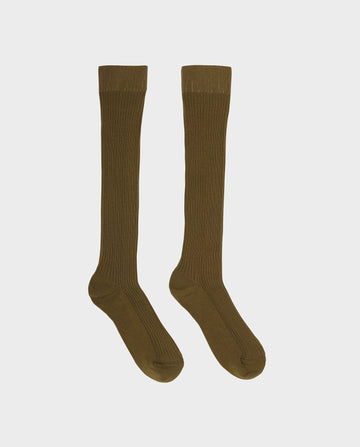We recommend washing our bedding and muslins at max 40°, low cycle.
We recommen the low cycle - as the high rpm will in time ruin the stitching, and gradually stretch the thin thread, and in time destroy the delicate look of the finish.
No bleach - unless absolutely necessary, as the bleach will ruin the stitching.
You may consider stain removal on the spot, but abstain for using bleach as the main solvent.
For drying we recommend that you hang dry for the majority, but may finish off with a 5 min. low heat tumble drying. Just to give the fabric a little softness.
We will recommend that you do not use any softeners AT ALL,.
READ BELOW FOR ENERGY SAVINGS WHEN WASHING:
For the majority of us, laundry day means washing the bulk of our clothes at 40°C. But there will be occasions where we need to wash hotter or cooler to best clean our clothes, while protecting the fabrics.
Our washing machine temperature guide will help you to decide which temperature to clean your clothes at, whether you're washing jeans, whites, coloureds or baby clothes.
Can I wash clothes at 30°C?
The answer is yes, you can, depending on the stain.
Benefits of washing at 30°C Washing at 30°C uses 38% less energy than washing at 40°C, so you can not only make a substantial saving on your utility bill, but also help the planet.
As you might imagine, it's the recommended setting for a lot of delicate clothes, such as wool and silk – always check the label, though.
Lower temperatures are also good at helping to preserve colourfully dyed fabrics, although a good-quality laundry detergent can help with this, too.
Find out more on the benefits of washing at lower temperatures.
Difference between washing at 40°C and 30°C While lower temperatures will be fine for everyday cleaning and save energy, a 40°C wash will be better for tougher stains. As most Which? members we asked frequently use the 40°C temperature setting, we base our testing on the 40°C cottons and synthetics wash programs. It’s the temperature most clothes - whether made from cotton, linen, viscose, acrylics or more - are recommended to be washed at.
Most stains will be shifted at 40°C and increasing the temperature will eat up more energy. Cost of washing at 60°C The 60°C program generally delivers slightly better cleaning than the 40°C program, especially when it comes to greasy stains, and is ideal for bedding and towels. But it will cost you – running costs increase by more than half if you wash at 60°C as opposed to 40°C. You might be washing at 60°C because you've heard it kills bacteria, but the temperature on its own doesn't.
Some bacterial spores and viruses are resistant to washing at 60°C. You need to combine your 60°C wash with a good detergent to blast that bacteria. So you might be better off simply choosing a good detergent, treating stains and washing at 40°C to get a great clean that doesn't cost a lot to run.








